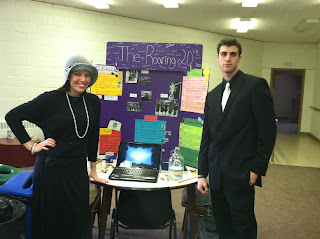
Everyone knows how devastating the tsunami was that hit Japan. Many students have many questions about what it was, why it happened, and what will happen next. Teachers from around the world have been asking themselves how they can address this horrible tragedy with their students. The New York Times has created a website that provides valuable ideas such as Understanding the Basics, Mapping the Destruction, Timeline, Following the Story, and Putting a Human Face on the Disaster, along with many more that cross the curriculums. Additionally, they have created a link to a blog where teachers can share their ideas and lessons with each other on this and many other Social Studies related topics. This is another website that I would highly recommend everyone take a look at, especially those of us preparing for our teaching career.











